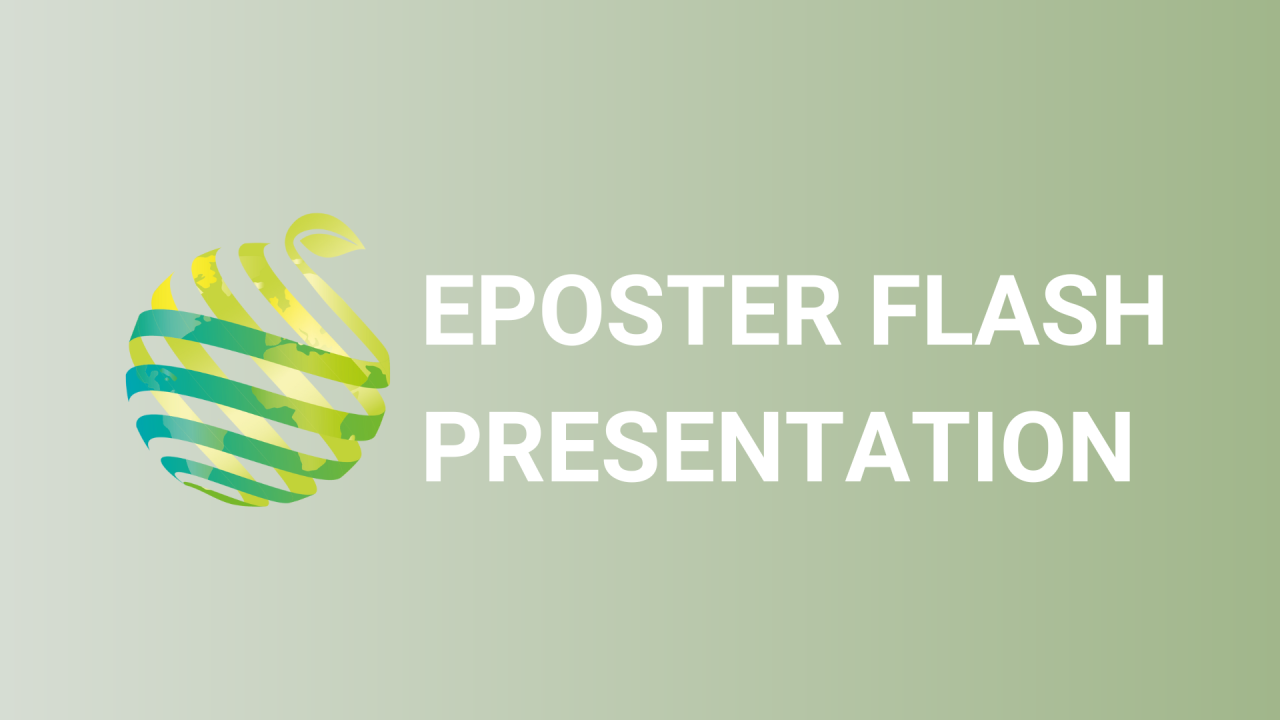

S06 - Session P15 - Innovations in supplementary light in horticulture - The physiological response of lettuce to Botrytis cinerea under different lighting conditions
Information
Authors: Viktorija Vastakaite-Kairiene *, Ausra Brazaityte, Neringa Rasiukeviciute, Alma Valiuskaite, Akvile Virsile, Jurga Miliauskiene, Kristina Lauzike, Lina Dene, Simona Chrapaciene, Ruta Sutuliene, Giedre Samuoliene
The study aimed to evaluate the physiological changes of lettuce to artificial Botrytis cinerea inoculation under the lighting of high-pressure sodium (HPS) and light-emitting diodes (LEDs). The green leaf 'Little Gem' lettuces were grown in a controlled environment growth chamber (21/17+-2°C day/night temp.; 50-60% relative humidity) under the lighting of HPS lamps (380-740 nm; PFD 200 µmol m n2 s n1 ; 16 h photoperiod) for four weeks (BBCH 19). Then, half of the plants were artificially infected with B. cinerea isolate. The groups of non-infected (control) and infected lettuce were separated into those which continue to grow under HPS, and those under the lighting of LEDs (400-, 450-, 530-, 620-, 660-, 735-nm; PFD 200 µmol m n2 s n1 ; 16 h photoperiod). It was found that the first day after inoculation (DAI), under the HPS lamps, the carotenoid reflectance index (CRI) decreased by 18%, but chlorophyll (Chl) and flavonol (Flav) indexes increased by 22% and 29% compared to non-infected plants. Similar results were determined in lettuce under LEDs, then CRI decreased by 14%, but Chl and Flav increased by 14% and 35%, respectively. In addition, after one DAI, catalase activity increased four times under HPS and 60% under LED lighting. However, no significant changes were determined in lettuce after three DAI regardless of lighting conditions. On the fifth DAI, the glutathione reductase activity increased by 34% in infected lettuce under HPS lighting compared to healthy plants, and no significant changes were observed in lettuce under LEDs. In addition, total phenolic content and DPPH free radical activity did not change significantly during the of investigation under both lighting treatments. In conclusion, the more robust lettuce response indicated by leaf reflectance indexes and enzymatic activity was observed in lettuce under HPS than LED lighting. This project has received funding from European Regional Development Fund (project No 2.2-LMT-K-718-03-0035) under grant agreement with the Research Council of Lithuania (LMTLT).